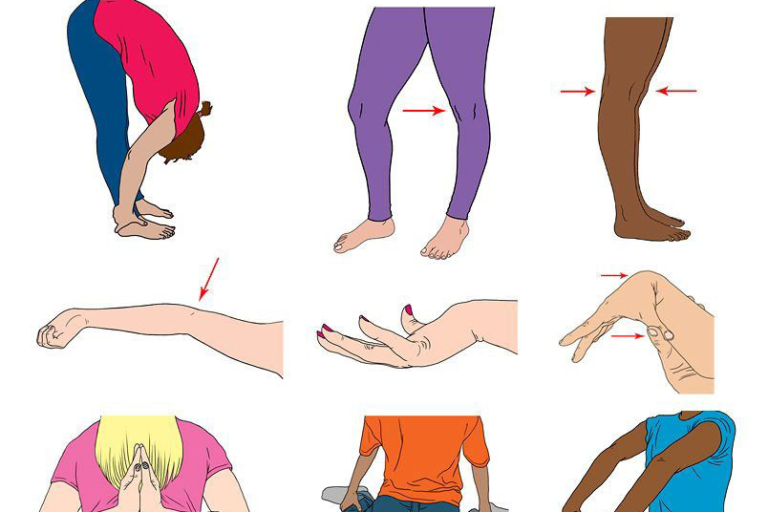Cold therapy OR hot therapy – which to use?
Heat therapy and cold therapy are the most common types of non-invasive pain relief that can work for physical injuries and pains such as back pains, knee pains and shoulder pains.
The thing is that these two different treatment modalities are not interchangeable – they have different case use for specific types of problems and we shouldnt use heat when it’s contraindicated; and likewise, we shouldnt use cold therapy when its not suitable.
For example, using heat therapy on a fresh inflamed injury will cause the inflammation and pain to worsen – a cold pack would be much more useful. Conversely, using a cold pack on a spasming muscle may cause the spasm to increase in intensity and duration – a heat pack would be better.
Here’s an overview of each type of treatment and what you should be using it for.
Contents
Cold Therapy
The main reason why people started to use ice packs and cold therapy to injuries: the cold can help to reduce inflammation.
Whenever there’s a fresh injury, there’d be inflammation and swelling, with blood flowing to the injury site to repair the injury. The cold helps to bring down swelling, and you can see it being used even until today in sports arenas and on the field.
The sooner after an injury the cold therapy is done, the better – we’re talking minutes or seconds after the injury, and in 20 minute intervals up to 48 hours after the injury. Combined with prescribed medication can work well together too.
Benefits of cold therapy
- Decreases recovery time for injuries
- Reduces pain you would normally experience after receiving an injury
- When applied on the affected area immediately after injury, there is a chance of less cellular death
Heat Therapy
Heat therapy is best used with non-acute pain that doesn’t involve a new or fresh injury. Such as pains a couple of days or weeks after the initial injury.
We typically use heat when dealing with
- muscle spasms
- aching joints
- strained muscles
- stiff joints
- tender tendons
- etc
The reason is because the warmth increases blood flow and oxygen to the affected area which helps to relieve pain.
There’s two types of heat treatments: moist and dry. I find that moist heat is preferred because not only it transfers heat better, the moisture also keeps the skin and tissues moist (preventing dry skin or breaking of skin). Examples of moist heat therapies:
- paraffin wax bath are great because the wax usually have good mineral oils which further softens skin in a good way, but it’s a little hassle to deal with wax
- hydrocollator and hydrocollator heat packs (these are more pricey, but they’re hospital grade – these are the stuff I used professionally when I worked in the hospital)
- hot baths which you can also throw in some epsom salts which is very, very comfortable…but it’s not mobile, and how many times can you go into the bath tub (I mean…I can go in 3-4x a day, but we’ve got to work and do stuff)
Dry heat is the most convenient, but it can cause patients with dry skin to worsen their dry skin problems; and potentially also damage skin tissues. Some examples of dry heat modalities:
Benefits of Heat Therapy
- Helps increase temperature and blood flow to the affected area when applied properly and safely
- Helps to reduce pains such as muscle spasms, stiff joints
- Increases the body’s capacity to eliminate toxins in a natural way
When used appropriately, both cold and heat therapy offer many benefits. You just need to make sure that you are using the right type of therapy for your problem.
Also, it’s important to use a quality product and not choose the cheapest option.
Where To Next?
- Go to Home / Start
- Learn and find out more about your pains (bones, muscles, joints, tendons, ligaments, nerves etc) at Pain Conditions & Injuries
- Visit our shop to see products we recommend for pain relief, heating, treatments and more
- Contact us






